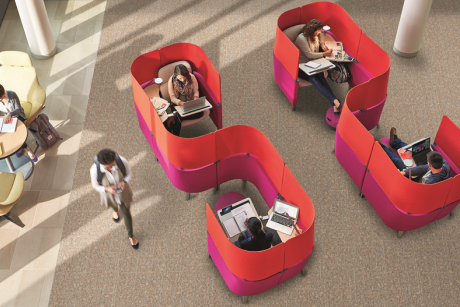
Design on kaikkialla ympärillämme
Näytämme elävän jatkuvasti päivittyvässä maailmassa, kuten parempaan nopeuteen pyrkivät olympiaurheilijat. Suorituskyvyn, joka tekee eron kultamitalistin ja harrastelijan välillä, jatkuva parantaminen. Ja kuten monissa Olympialaisissa, ‘taiteellinen vaikutelma’ on tärkeä osa suorituskykyä; joten jotkut voivat nähdä ‘designin’ samankaltaisessa suhteessa tuotteen ja prosessin suorituskyvyn kanssa. Kuten keskusteluissamme on tullut esille, design on paljon perustavampaa laatua. Liian usein ajattelemme (jos ajattelemme ollenkaan) designin olevan tuotteen pinnan näkyvä osa. Joku on kaunis tai hyvin suunniteltu, jos pidämme sen estetiikasta. Ja tietenkin tykkääminen on hyvin subjektiivinen.
Viimeisimmän Invision raportin mukaan: ‘Design muuttaa toimintatapaamme… kun organisaatio soveltaa designin periaatteita strategioihin ja rakenteisiin, se tekee tietoisen investointipäätöksen kaikilla tasoilla.’
The Role of Design in Projecting the Company Brand
- When one office looked pretty much like another, discerning differences was much more difficult. Now more and more companies recognize space as one of the most powerful vehicles for communicating a brand – and, by extension, building a business.
- The extent to which this happens is quite varied. A recent report from Steelcase shows that across the globe, although 70% of companies have logos and advertising through the workspaces, a sizeable minority are still relatively anonymous: 40% don’t reflect the brand colour palette in the design of furnishings over 60% make no reference to the history of the company.
- In an article on internal branding in the Harvard Business Review, the design of premises was identified as one of the key components of communicating the brand: ‘by incorporating the brand vision into these employee touchpoints, companies, over time inculcate the vision into the employee experience to the extent that on-brand behavior becomes instinctive’.
How Design Leads and Reflects Changing Work Patterns
-
10 years ago, the challenge for companies in designing offices were very different from those of today and tomorrow. If someone was going to be tethered to a desk for an entire morning, then the design requirements for sustained comfort in seating were clear. With the need to give more and more people access to technology, the position of cabling was as important as the position of people.
-
The work environment has changed and the attitudes of people who make up the ‘office’ workforce have changed at the same time. Key questions today are ‘what is an office’, what is an office for?’ And if they can answer these questions, how can we best design it to meet our needs.
-
The customer in this case is the internal one, translated into an increasingly demanding workforce with higher standards. For some people the ideal will continue to be a centralised workplace. For others it will be more of a social place, where employees can come together to meet informally to exchange ideas and then leave.
-
It’s no longer simply about going to a building where you do your work; it’s about enjoying the space you work in, it’s about being in a space that helps you achieve more. As one of Wework’s Senior designers put it in a Creator interview, ‘You feel like you’re actually helping people love coming into work every day.’
'Design centric’companies
- Most businesses today talk about designing a strong User Experience (UX) for websites, but this design approach has expanded to the design of Customer Experiences (CX) embracing an entire process on and offline.
- One role that is gaining ground and top-level endorsement is that of Chief Design Officer. In the last few years Pepsico, Hyundai and Philips have all created this post at board level. The EVP of Design at Nokia reports directly to the CEO, while Samsung took it a step further by making its former creative head the CEO.
- This ‘design-centric’ methodology goes beyond efficiency to delivering superior performance, and as a result, creates happier, more fulfilled, better served customers.Moreover, there’s empirical evidence that this type of approach is good for business. In 2014 the Design Management Institute compared the fortunes of
‘design centric companies’ with the S&P Index and found a 200%+ gap.